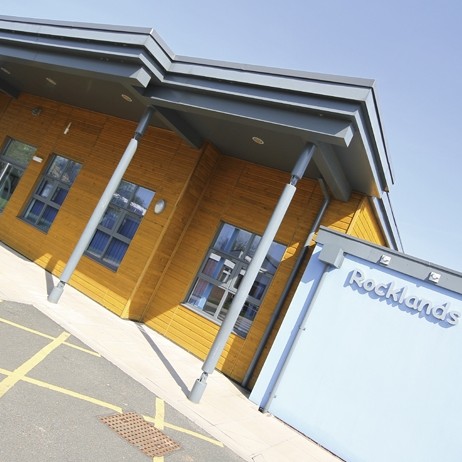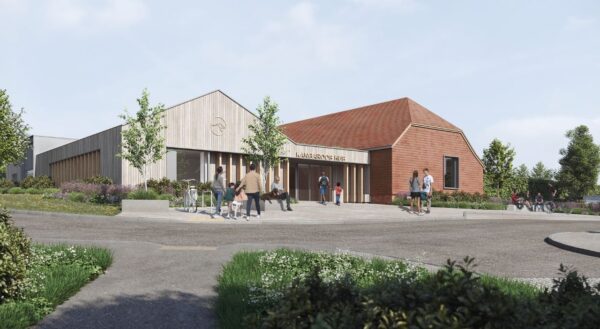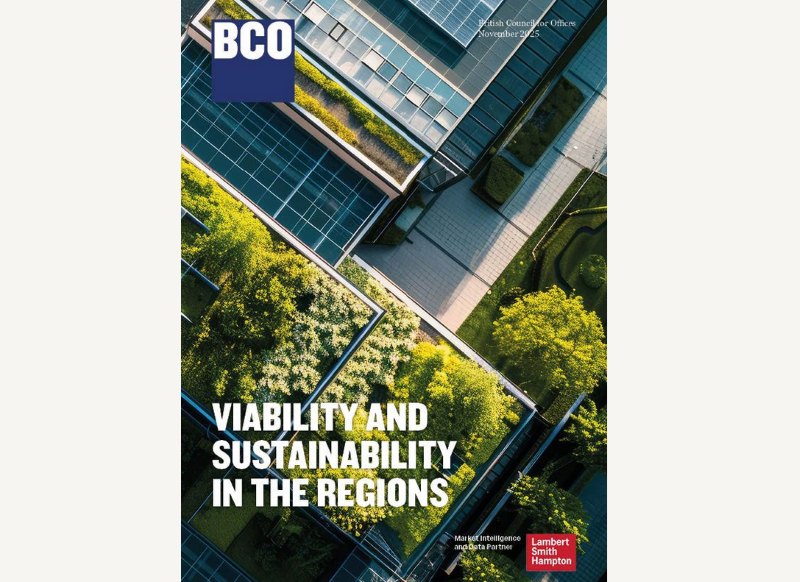Like buildings themselves, good cladding requires good foundations, without which all manner of warping, twisting and deformation will occur. With timber frames, this means fixing into studwork not sheathing, and for masonry, solidly drilled and plugged fixings. This ventilated void between the battens ensures the moisture content remains stable across the boards, making them less susceptible to “cupping”, or curving across its width, where one side absorbs more moisture than the other, swelling at a different rate.
Different species of wood can have dramatically varying durability, quantified according to BS EN 350-1. This specifies five classes, from “very durable” class one (mainly exotic tropical hardwoods, demanding careful sourcing to ensure sustainability) to class five, succinctly described as “not durable” (this includes species like Ash, Sycamore and Beech). Used untreated, only classes 3 and up are suitable for cladding (excluding the sapwood), however impregnated with an appropriate preservative, all classes can be used. Once we apply preservative, the species and durability class become less relevant than the characteristics of the treatment used, helping simplify the specification process.

Fortunately most coated cladding uses high pressure factory applied finishes (with the use of a paint brush limited to touching up cut ends) usually offering long warranties, but alternatively, various high temperature and chemical processes can be used to enhance durability. In these cases care must be taken that the processes used are sustainable, and that the treatment hasn’t altered other properties of the wood, such as making the cladding more brittle, or affecting the colour.
We must also consider some potential environmental hazards. Ultraviolet light from the sun can break down pigments and preservatives, but the issues this causes are mainly with appearance rather than durability, where shaded areas end up a different colour from those in full sunlight.  This is avoided mainly by minimising details such as overhangs, helping ensure sunlight falls evenly across sections of cladding.
This is avoided mainly by minimising details such as overhangs, helping ensure sunlight falls evenly across sections of cladding.
Moisture issues are partly resolved by some of the measures we’ve discussed above, but detailing and fixings also require careful consideration to accommodate the movement in the finished timber. To begin with, we need to accept that some timber movement will occur, and properly account for this. We do this by leaving expansion gaps (typically 8-10mm) wherever boards abut a solid vertical surface (usually something like a window or door frame), and by cutting board to board joints at an angle (to allow adjacent boards to slide, rather than buckle). These precautions should allow most species of timber  to expand and contract without affecting the overall appearance, but we still need to work at minimising it if possible. A common problem here is caused by horizontal surfaces such as paved areas, which can elevate the boards’ moisture content either due to splash back, or by causing ponding which in extreme cases means the base of the boards actually sit in water, with predictably disastrous consequences. Fortunately this is easily avoided by leaving a suitable gap (generally regarded as 200mm) between the lowest edge of the boarding and anything solid and horizontal.
to expand and contract without affecting the overall appearance, but we still need to work at minimising it if possible. A common problem here is caused by horizontal surfaces such as paved areas, which can elevate the boards’ moisture content either due to splash back, or by causing ponding which in extreme cases means the base of the boards actually sit in water, with predictably disastrous consequences. Fortunately this is easily avoided by leaving a suitable gap (generally regarded as 200mm) between the lowest edge of the boarding and anything solid and horizontal.
Now while we can’t claim that’s all you will ever need to know about timber cladding, the simple rules above should cover most common designs and features. To further reduce the likelihood of any problems occurring, the A. Proctor Group’s Canjaere Classic and Silverwood Inspire ranges of cladding use proven and warrantied treatments and coatings to ensure both the performance and appearance of the cladding are maintained, whether bright solid colours or natural timber shades are required. You can find out more about both of these, and see some example of how they’ve be used, at www.proctorgroup.com .
WE’LL LOOK AFTER THE OUTSIDE WHILE YOU LOOK AFTER THE INSIDE
The A. Proctor Group can take care of the external cladding choice of your school, providing a portfolio of products with low maintenance programmes and guarantees to suit refurbishment of the old and building of the new.
Since entering the timber cladding market, the A. Proctor Group have focused on providing high quality and durable cladding systems, combining superior aesthetics with reduced maintenance requirements. This combination of beauty and robustness led Staffordshire County Council to specify the Canjaere Classic cladding system on Rocklands Primary School in Lichfield.
The project was aimed at co-locating a facility for pupils with special needs alongside a mainstream primary school. The redevelopment of the former infants block at Charnwood has allowed improved facilities for the Rocklands pupils including additional classrooms, external play areas and car parking facilities.
Installed by contractors Thomas Vale Construction, the 368m2 of Canjaere Classic Golden was chosen due to the standard 30 year warranty against rot and decay, leading to reductions in both time and cost for maintenance, particularly important in school applications where durability is a major concern.
After installation in 2009, the A. Proctor Group was invited to use the project as a showcase for the aesthetics of the Canjaere Classic System and has now returned to revisit the project in 2014. After 5 years of service, including several of the harshest winters in recent memory, appearance of the hard wearing Canjaere Classic system is virtually unchanged from when it was installed.
The unique treatment used in the Canjaere Classic system gives the softwood base timber physical properties closer to those of hardwoods, increasing the water resistance and stability, thereby enhancing durability even in the most demanding applications. This enhanced base wood provides a solid base for the coloured finish, ensuring the system remains as beautiful long term as it does on day one.
Available in a range of colours and profiles, the Canjaere Classic system provides a cost effective, low maintenance alternative to natural timbers where a rustic, grained appearance is required. FR grades are also available for use on boundaries, or in projects with specific fire classification requirements.
Alongside Canjaere Classic, the A. Proctor Group also offers the Silverwood Inspire system, with a highly durable solid colour factory applied paint finish. Silverwood Inspire is available in a wide range of colours across two classic profiles, giving a number of options for adding a unique splash of colour to any project.
You can see more example timber cladding projects at www.proctorgroup.com









 This is avoided mainly by minimising details such as overhangs, helping ensure sunlight falls evenly across sections of cladding.
This is avoided mainly by minimising details such as overhangs, helping ensure sunlight falls evenly across sections of cladding. to expand and contract without affecting the overall appearance, but we still need to work at minimising it if possible. A common problem here is caused by horizontal surfaces such as paved areas, which can elevate the boards’ moisture content either due to splash back, or by causing ponding which in extreme cases means the base of the boards actually sit in water, with predictably disastrous consequences. Fortunately this is easily avoided by leaving a suitable gap (generally regarded as 200mm) between the lowest edge of the boarding and anything solid and horizontal.
to expand and contract without affecting the overall appearance, but we still need to work at minimising it if possible. A common problem here is caused by horizontal surfaces such as paved areas, which can elevate the boards’ moisture content either due to splash back, or by causing ponding which in extreme cases means the base of the boards actually sit in water, with predictably disastrous consequences. Fortunately this is easily avoided by leaving a suitable gap (generally regarded as 200mm) between the lowest edge of the boarding and anything solid and horizontal.













